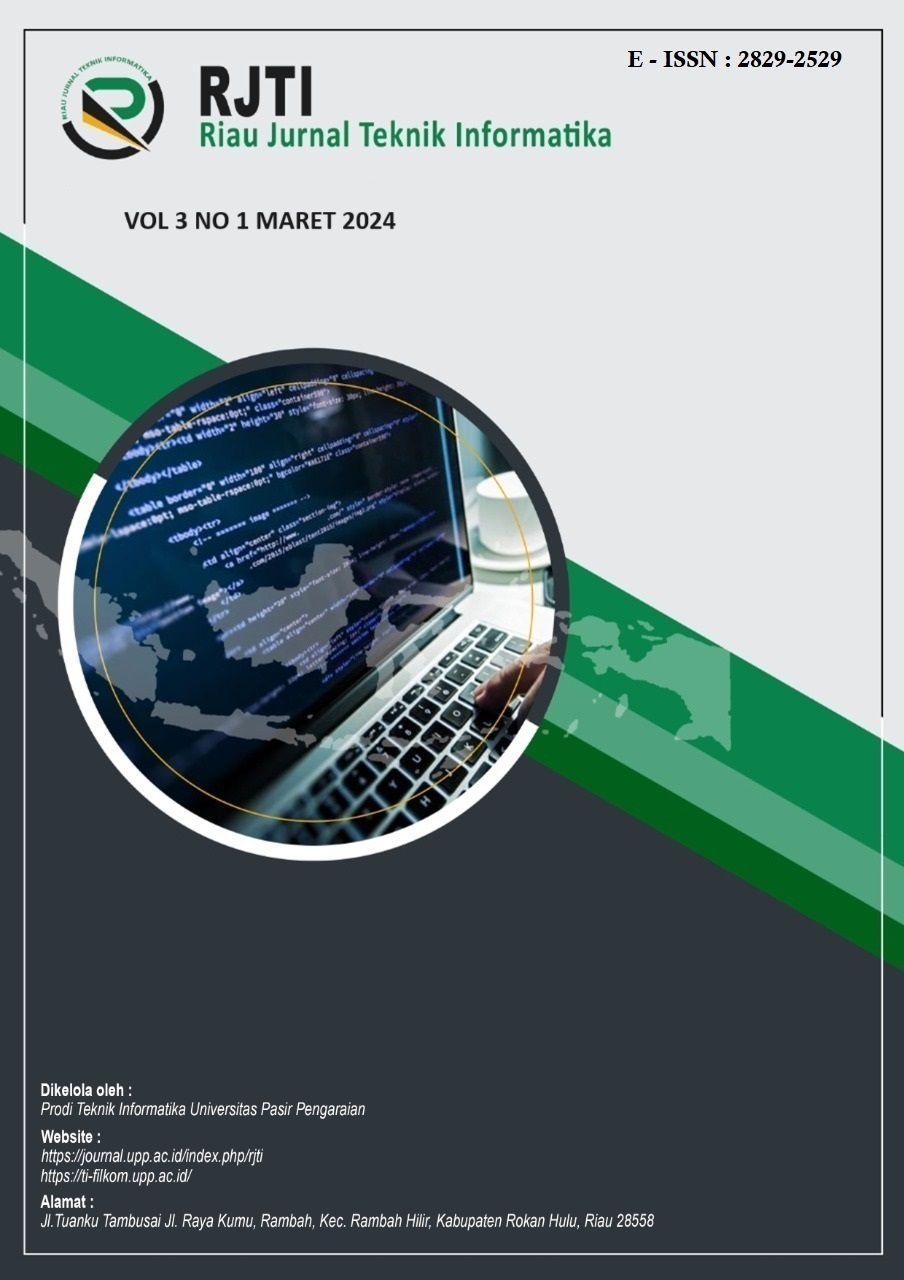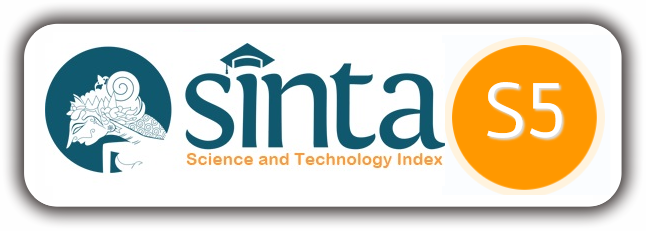Analisis Sistem Pendukung Keputusan dalam Pemilihan Obat untuk Pasien Diabetes Menggunakan Metode Multi Criteria
DOI:
https://doi.org/10.30606/rjti.v4i1.3259Keywords:
Sistem Pendukung Keputusan, Pemilihan Obat, Diabetes, Metode Multi Criteria.Abstract
Choosing the right medication for diabetic patients is a complex challenge, given the large number of drug alternatives available and the various criteria that must be considered, such as effectiveness, side effects, cost, ease of use, availability, drug interactions, and patient satisfaction. Improper decisions can negatively impact the patient's health and the effectiveness of treatment. This research aims to develop a decision support system that can assist in the selection of the most appropriate diabetes medication based on relevant criteria, thereby improving the quality of treatment and patient satisfaction. To achieve this goal, this study uses the Analytic Hierarchy Process (AHP) method, which allows paired comparisons between criteria and drug alternatives. This method gives weight to each criterion and calculates a score for each drug alternative based on the assessment made. This study involved six alternative diabetes drugs, namely Metformin, Glibenclamide, Acarbose, Sitagliptin, Liraglutide, and Canagliflozin. The assessment criteria used included effectiveness, side effects, cost, ease of use, availability, drug interactions, and patient satisfaction. Data were collected through questionnaires and analysis was carried out using the AHP method to determine the weighting of the criteria and final score for each drug. The results of the analysis showed that Sitagliptin had the highest score, making it the best choice for diabetic patients based on predetermined criteria. This research provides valuable insights for medical professionals in making decisions regarding drug selection, as well as improving patients' understanding of available treatment options.
Downloads
References
S. Lina et al., “PENERAPAN METODE SIMPLE ADDITIVE WEIGHTING BERBASIS WEB UNTUK PENERIMAAN PESERTA DIDIK DI SMK AL AMANAH,†vol. 8, no. 1, pp. 15–20, 2024.
H. Taherdoost and M. Madanchian, “Multi-Criteria Decision Making (MCDM) Methods and Concepts,†Encyclopedia, vol. 3, no. 1, 2023, doi: 10.3390/encyclopedia3010006.
H. Sun et al., “IDF Diabetes Atlas: Global, regional and country-level diabetes prevalence estimates for 2021 and projections for 2045,†Diabetes Res. Clin. Pract., vol. 183, 2022, doi: 10.1016/j.diabres.2021.109119.
S. Winardi and A. Birowo, “Analisa Faktor Pendukung Pemilihan Obat Untuk Penderita Penyakit Hipertensi Dengan Metode AHP (Analytical Hierarchy Process),†Respati, vol. 12, no. 3, 2017, doi: 10.35842/jtir.v12i3.185.
Sefrika, “Sistem Pendukung Keputusan Pemberian Vaksin HPV Untuk Mencegah Kanker Serviks Pada Wanita Dengan Metode TOPSIS,†J. Sains Komput. Inform. (J-SAKTI, vol. 6, no. 1, 2022.
Winni, V. C. Mawardi, and T. Sutrisno, “IMPLEMENTASI METODE AHP-TOPSIS DALAM PEMILIHAN MENU MAKANAN UNTUK PENDERITA DIABETES MELITUS,†J. Serina Sains, Tek. dan Kedokt., vol. 1, no. 1, 2023, doi: 10.24912/jsstk.v1i1.27154.
I. Z. Mukhametzyanov, “The MCDM Rank Model,†in International Series in Operations Research and Management Science, vol. 348, 2023. doi: 10.1007/978-3-031-33837-3_2.
N. K. Y. Suartini, D. G. H. Divayana, and L. J. E. Dewi, “Comparison Analysis of AHP-SAW, AHP-WP, AHP-TOPSIS Methods in Private Tutor Selection,†Int. J. Mod. Educ. Comput. Sci., vol. 15, no. 1, 2023, doi: 10.5815/ijmecs.2023.01.03.
C. N. Insani, I. Indra, N. Arifin, and I. Indriani, “Sistem Pendukung Keputusan Pemilihan Bibit Padi Unggul Menggunakan Metode AHP,†J. Minfo Polgan, vol. 12, no. 1, 2023, doi: 10.33395/jmp.v12i1.12345.
F. Umarsyah, N. Bagaskara, and Y. Jumaryadi, “Sistem Pendukung Keputusan Diagnosa Gastroenteritis Menggunakan Metode Analytical Hierarchy Process,†JOINS (Journal Inf. Syst., vol. 6, no. 2, 2021, doi: 10.33633/joins.v6i2.5309.
Downloads
Published
How to Cite
Issue
Section
License
Copyright (c) 2025 Dede Sunandar

This work is licensed under a Creative Commons Attribution-ShareAlike 4.0 International License.
Riau Jurnal Teknik Informatika provides open access to anyone so that the information and findings in these articles are useful for everyone. This journal's article content can be accessed and downloaded for free, free of charge, following the creative commons license used.

Riau Jurnal Teknik Informatika is licensed under a Creative Commons Attribution-ShareAlike 4.0 International License.









